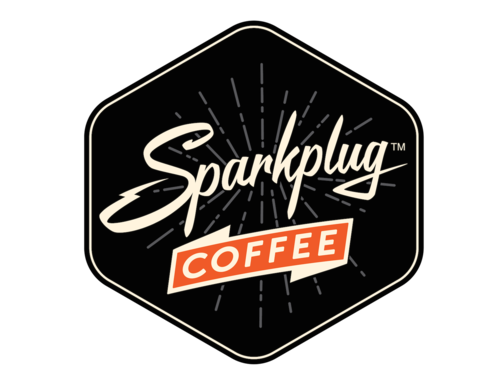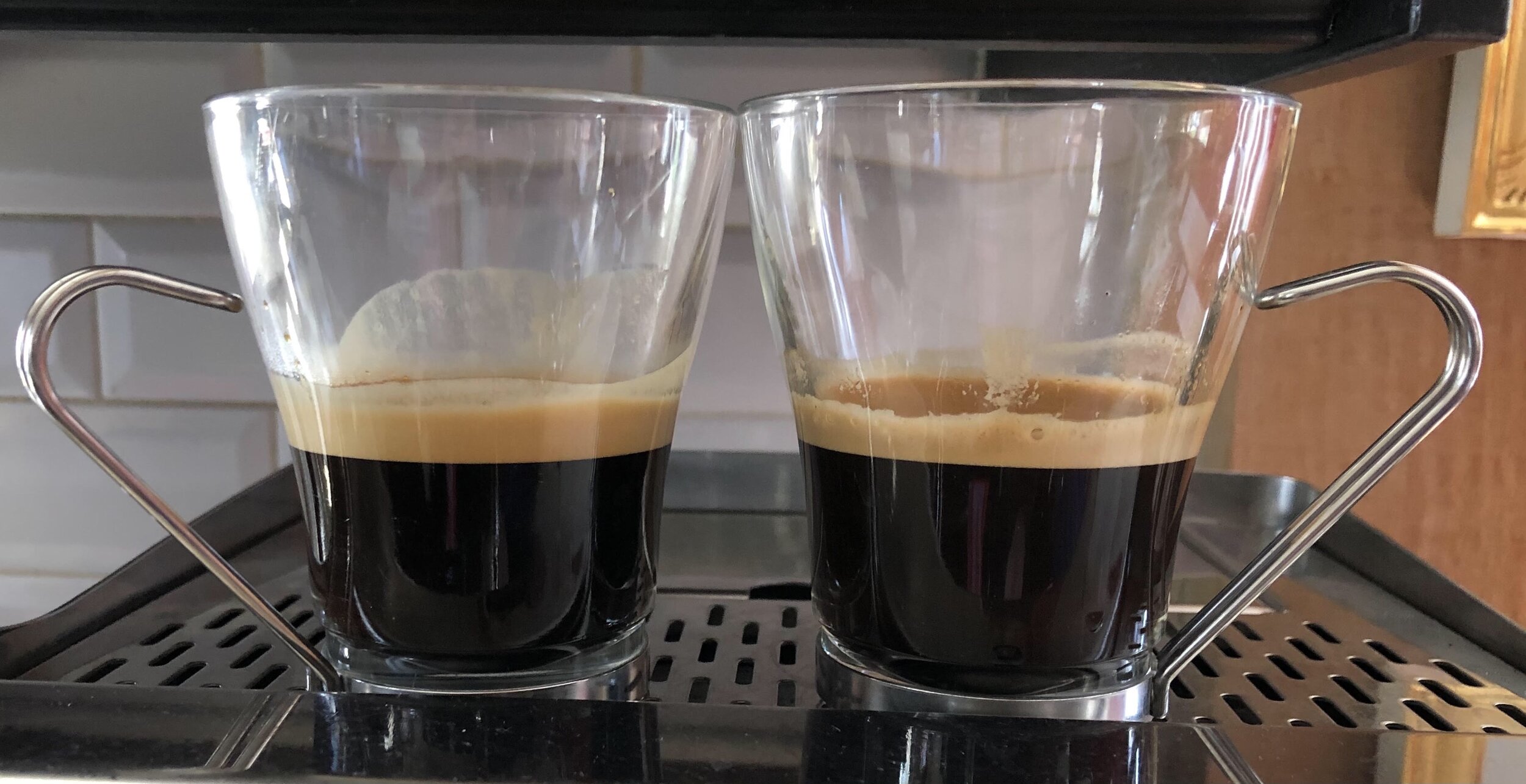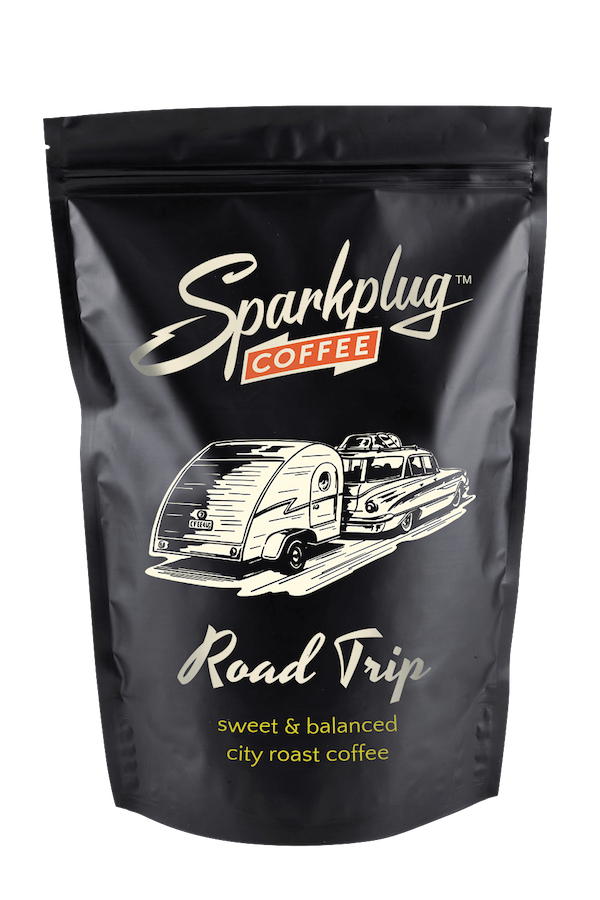Why We’re Pro Blend: 4 FAQs and a Buyer-Beware Tip
We often. hear that Single Origin coffees are the best. Some coffee folks treat them like the holy grail: pure, prestigious, and premium.
But here at Sparkplug, we’re proudly, unapologetically team Blend—and we’re here to tell you why.
Let’s break it down. But first…
What is Single Origin Coffee?
Single origin coffee is, as it sounds, from one geographic location, region, or country. Much like the designation of wines, labelling a coffee as single origin lets you know that all the beans are harvested from a single location.
However… this designation can span the geography of one whole country or the hectares of a single farm. Each still falls under the category of single origin.
What is a Blend?
A blended coffee is a mixture of two or more different coffees, usually from more than one country or region. Typically, blends are designed for consistent and complex flavours.
Having met the contenders, let’s look at some common questions about the differences.
1. Do Single Origins Taste Better?
Not necessarily. They taste different, sure, but not always better.
Single origin coffees can be bright and fruity, tea-like, or wildly complex. That can be fun! But it can also be unpredictable. One bag might be a revelation; the next, a total miss. And because their flavour comes from one region, they often change season to season, or even from one bag of green beans to the next.
Blends, on the other hand, are crafted for balance, complexity, and consistency. A good blend brings out the best in each bean and gives you a reliably delicious cup, time after time.
Take our Kick Start blend. It combines premium Central and South American beans with a coffee from East Africa to deliver a smooth, rich cup with notes of nuts, caramel, and cocoa. That flavour harmony? You won’t find it in a single origin.
“two perfect double espressos” photo by John Edwards 2021 (submitted to the “Focus on Coffee” photo competition for the SPARK Photo Festival 2021)
2. Isn’t Single Origin Better for Espresso?
Ask Italy.
Espresso needs balance under pressure—literally. It’s brewed quickly with high heat and pressure, which can make delicate single origins taste harsh or sour.
That’s why espresso blends exist. They’re designed to perform under extreme conditions and shine with or without milk. Blends make espresso delicious, balanced, and barista-friendly.
3. Are Single Origins More Ethical?
Not by default.
Single origin coffees are often described as “traceable” or “sustainable” and that’s great. But that doesn’t mean blends can’t be just as ethical.
Blends are made up of single origin coffees too. What matters is how those beans are sourced.
At Sparkplug, we only use direct trade and fairly sourced beans in every blend we roast. No shortcuts, no shady sourcing.
The key? Look beyond the country of origin to find out how the coffee made its way from there to your cup.
4. Are Single Origins Higher Quality?
The price tag might say so—but price doesn’t always equal quality.
Yes, single origins can be small-batch and rare. And tiny crop sizes can translate to an expensive coffee. But rarity doesn’t guarantee a great cup. And blends often get a bad rap as “mass-market” or a way to hide bad beans. That’s old-school thinking.
A great blend is a carefully crafted mix of high-quality coffees, designed for taste, mouthfeel, and versatility. In fact, blends can outperform single origins in flavour and experience.
Example? Our Kick Start and Road Trip blends both use South American and African beans—but taste totally different. Kick Start is smooth, chocolatey and rich. Road Trip is light, juicy and floral. Same origins. Different magic. That’s the power of blending.
Buyer-Beware: Know What’s in the Bag
Love rare coffees like Jamaican Blue Mountain or Hawaii’s Kona? Beware of “blends” that drop a pinch of these into a bag and charge a premium. Some contain less than 10% of the good stuff. (Even less for many of the Kopi Luwak or “cat poop” coffees, in case you want to try that.)
So before you splurge, read the label. Know what you’re getting.
Also, remember: real, ethical coffee isn’t cheap. If your bag seems underpriced, someone’s probably getting underpaid. That’s why Sparkplug coffee is always fairly sourced—and worth every sip.
Bottom Line: Blends are best!
Single origin coffees are fun to explore, sure. But for your everyday cup? Blends win.
They’re complex and delicious. They’re thoughtfully designed to suit your coffee maker. And with a great blend, you don’t need to gamble on your morning brew, it’ll taste the same every batch.
Still not convinced? Try one of Sparkplug’s signature blends and taste for yourself why I’m entirely pro blend!






